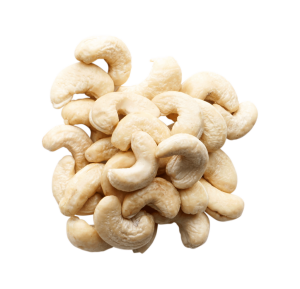Given the known neuroreparative actions of IL-33 in experimental models of central nervous system (CNS) injury, we predicted that compounds which induce IL-33 are likely to promote remyelination. We found anacardic acid as a candidate molecule to serve as a therapeutic agent to promote remyelination. Addition of anacardic acid to cultured oligodendrocyte precursor cells (OPCs) rapidly increased expression of myelin genes and myelin proteins, suggesting a direct induction of genes involved in myelination by anacardic acid. Also, when added to OPCs, anacardic acid resulted in the induction of IL-33. In vivo, treatment of with anacardic acid in doses which ranged from 0.025 mg/kg to 2.5 mg/kg, improved pathologic scores in experimental allergic encephalitis (EAE) and in the cuprizone model of demyelination/remyelination. Electron microscopic studies performed in mice fed with cuprizone and treated with anacardic acid showed lower g-ratio scores when compared to controls, suggesting increased remyelination of axons. In EAE, improvement in paralytic scores was seen when the drug was given prior to or following the onset of paralytic signs. In EAE and in the cuprizone model, areas of myelin loss, which are likely to remyelinate, was associated with a greater recruitment of IL-33-expressing OPCs in mice which received anacardic acid when compared to controls.
